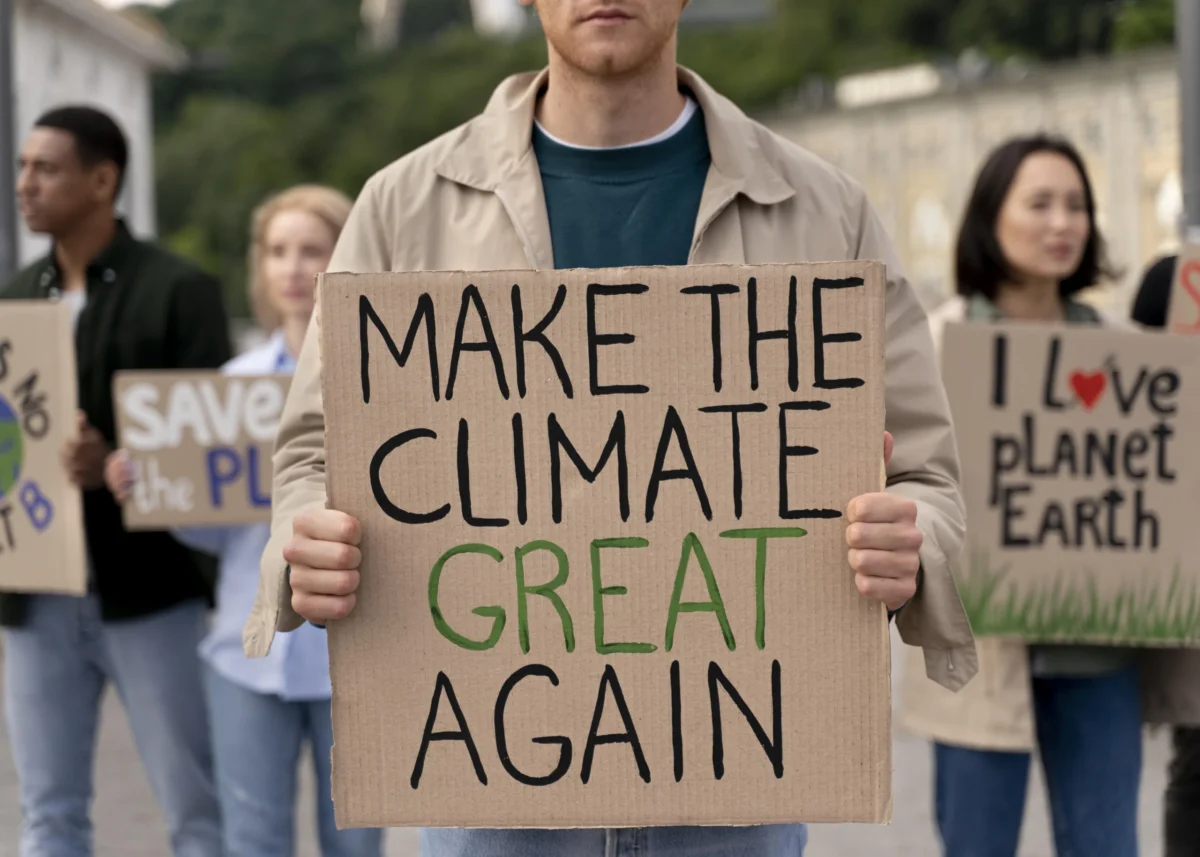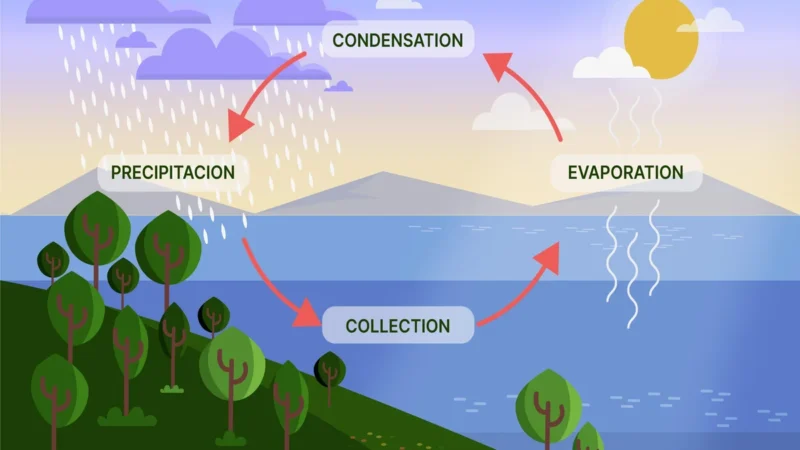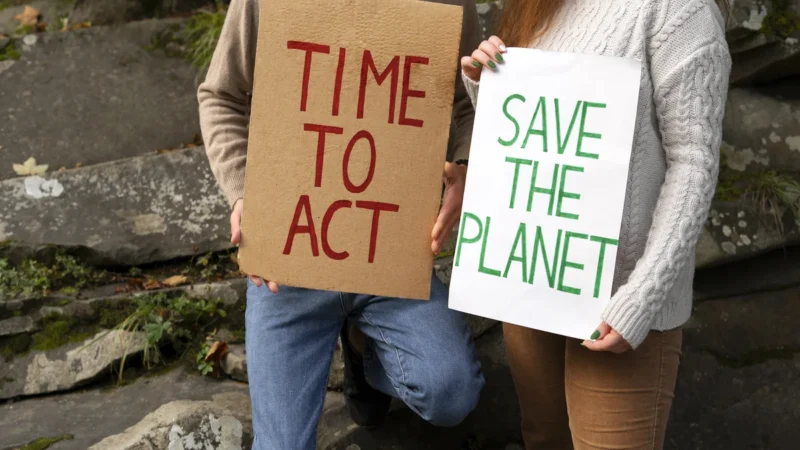Effective Climate Change Mitigation Strategies

Climate change is a pressing global issue requiring urgent action. In this article, we explore a range of effective climate change mitigation strategies, examining their potential impact in reducing greenhouse gas emissions and addressing the root causes of climate change.
I. Transition to Renewable Energy
Transitioning to renewable energy sources, such as solar, wind, and hydropower, is vital for mitigating climate change. By replacing fossil fuels, renewable energy significantly reduces greenhouse gas emissions. Governments and businesses can incentivize renewable energy adoption through policies, subsidies, and investment in research and development. Additionally, improving energy efficiency and implementing smart grid systems are crucial in maximizing the benefits of renewable energy.
II. Sustainable Transport
Transforming the transportation sector is essential in mitigating climate change. Encouraging the use of electric vehicles, expanding public transportation networks, and promoting active transportation like cycling and walking can significantly reduce carbon emissions. Governments can incentivize the purchase of electric vehicles through tax credits and infrastructure development. Furthermore, investing in sustainable infrastructure, such as bike lanes and pedestrian-friendly paths, can make active transportation more accessible and attractive.
III. Forest Conservation and Reforestation
Protecting existing forests and restoring degraded lands through reforestation efforts play a crucial role in climate change mitigation. Forests act as carbon sinks, absorbing CO2 and mitigating its impact on the atmosphere. Governments and organizations can implement policies to prevent deforestation, promote sustainable land use practices, and support community-led reforestation projects. Utilizing advanced technologies like satellite monitoring and data analysis can aid in tracking deforestation and informing effective conservation strategies.
IV. Circular Economy and Sustainable Consumption
Transitioning to a circular economy, where resources are used efficiently and waste is minimized, can significantly reduce greenhouse gas emissions. Promoting recycling, reuse, and repair initiatives can help extend the lifespan of products and reduce the demand for resource-intensive manufacturing. Governments can implement regulations and provide incentives to encourage sustainable practices by businesses and consumers. Raising awareness and promoting sustainable lifestyles, emphasizing conscious consumption and reduced waste generation, are also crucial elements of this strategy.
Key Takeaways:
Addressing climate change requires a multi-faceted approach. By implementing strategies such as transitioning to renewable energy, promoting sustainable transport, conserving forests, and embracing circular economy principles, we can make substantial progress in mitigating climate change. Collaboration between governments, businesses, and individuals is vital to drive meaningful change and secure a sustainable future for generations to come.
FAQs related to Climate Change Mitigation Strategies
What are climate change mitigation strategies?
Climate change mitigation strategies are actions and approaches aimed at reducing greenhouse gas emissions and addressing the causes of climate change. These strategies focus on transitioning to renewable energy, promoting sustainable transportation, conserving forests, and embracing sustainable consumption practices.
Why is transitioning to renewable energy important for climate change mitigation?
Transitioning to renewable energy sources such as solar, wind, and hydropower is crucial because it helps reduce our reliance on fossil fuels, which are major contributors to greenhouse gas emissions. Renewable energy technologies offer cleaner and more sustainable alternatives that can help mitigate climate change.
How does sustainable transport contribute to climate change mitigation?
Sustainable transport options such as electric vehicles, public transportation, and active transportation (cycling, walking) play a significant role in reducing carbon emissions. By choosing these alternatives, we can decrease the use of fossil fuels in transportation, leading to lower greenhouse gas emissions and improved air quality.
Why is forest conservation important for climate change mitigation?
Forests act as natural carbon sinks, absorbing carbon dioxide (CO2) from the atmosphere. Conserving existing forests and reforesting degraded areas helps sequester more carbon, reducing the concentration of greenhouse gases. Protecting forests also preserves biodiversity and maintains essential ecosystems.
What is the circular economy, and how does it help mitigate climate change?
The circular economy is an economic model that focuses on reducing waste and maximizing resource efficiency. By promoting recycling, reusing, and repairing products, we can minimize the extraction of new resources and reduce the carbon footprint associated with manufacturing. Embracing circular economy principles can significantly contribute to climate change mitigation.


